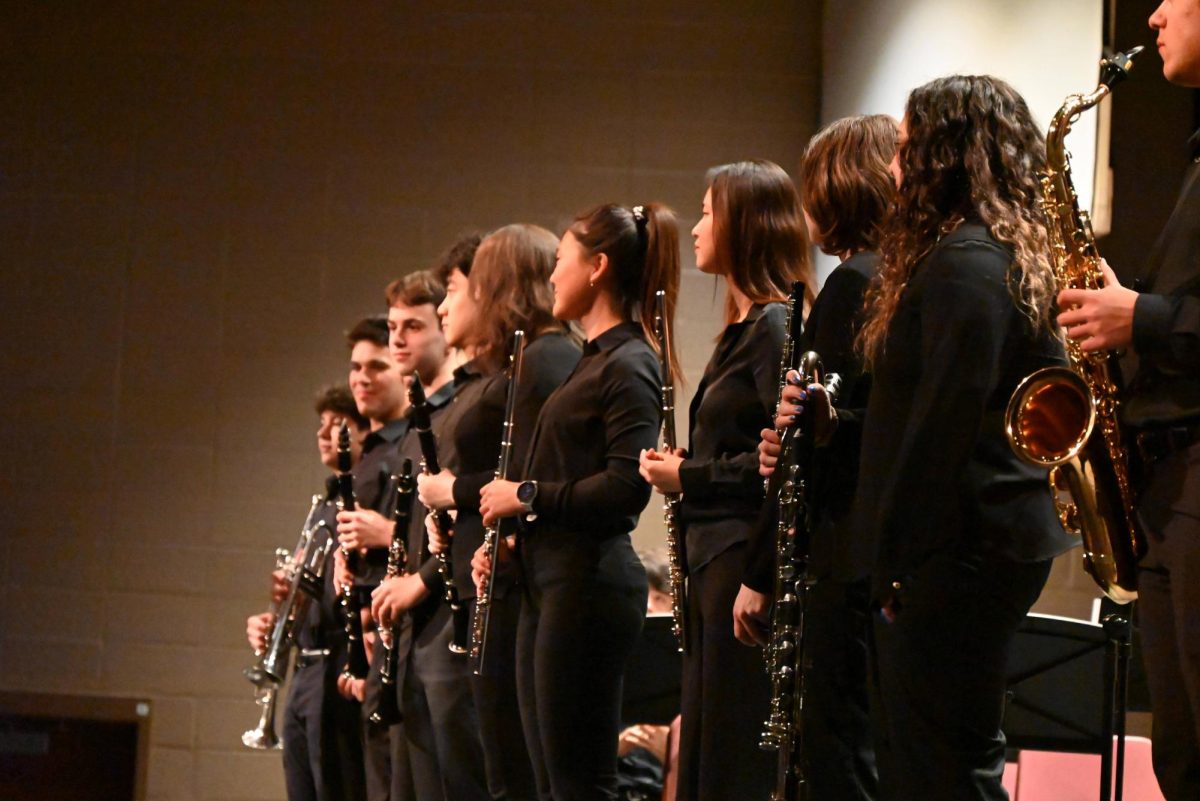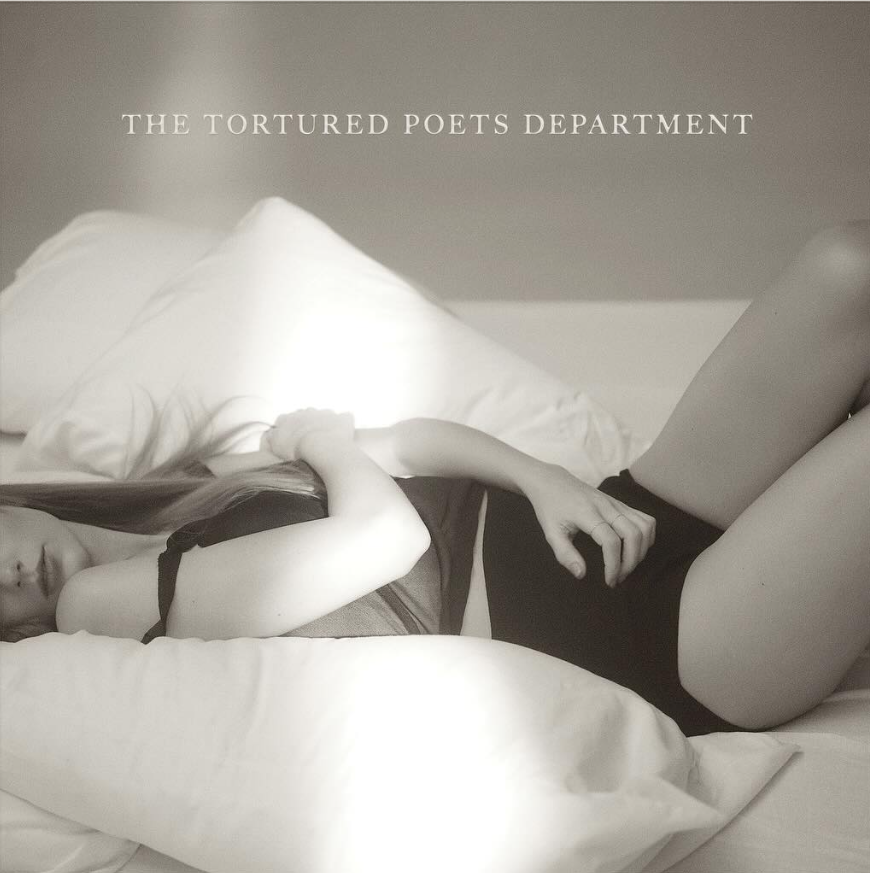Fruit Roll-Ups, Mentos, Lemonheads and Frosted Brown Sugar Cinnamon Pop-Tarts are the most popular snacks sold at the school store. But these tasty foods are filled with empty calories and don’t foster healthy eating habits. The school store should sell healthier foods and prominently display those options to promote proper nutrition.
Many students frequent the school store to buy or supplement their lunches. The store is a quick, easy way to buy something inexpensive and a great option for students who shy away from cafeteria food. But the store currently sells no fruit or vegetables, and the healthier food options are limited to trail mix, packaged nuts and processed fruit bars. And, to make matters worse, this small selection is hidden behind boxes of candy, making them difficult to notice among a multitude of sugary snacks.
The school store primarily sells candy because it can be bought in bulk at inexpensive prices, says freshman store volunteer Jonathan Kluger. The store can sell candy to students for low prices and still garner a profit. Healthier food, on the other hand, costs more to purchase and resell. Kluger says the higher prices deter students from buying those options. Selling a wider variety of healthy foods, however, would widen the store’s selection, which could lead to more student purchases.
The cafeteria sells healthier options like fruit and vegetables. Because opportunities for students to purchase nutritious foods at school already exist, the store management feels that the store need not provide extra healthy options.
While the cafeteria may provide healthy options in the lunch line, the unhealthy school store food options don’t reinforce these efforts to promote nutrition. The school store should widen its variety of healthy foods by adding fresh fruit and fruit juices and selling more low-fat, low-sodium and low-sugar options. These foods also need to be clearly displayed rather than hidden behind the inexpensive candy. Students, faced with the choices, will then have the opportunity to make health-conscious decisions when they visit the school store.













A. Geek • Dec 19, 2010 at 12:36 pm
The reason candy is cheaper is because the store’s analysis fails to include the hidden costs: federal subsidies for corn producers (leading to inexpensive sweeteners), increase in overweight students, affect of sugar spikes on ability to concentrate through the day, etc.
I am tempted to ask why a freshman was the spokesperson for the school store because I wouldn’t expect him to understand the big picture but it’s probably a moot point since the author of the piece evidently didn’t know about these issues either. The reality is that the store is first and foremost a fund-raising device – just like soda machines. They’re goal is not to help students with their nutrition or their performance at school. It’s simply to extract maximum dollars from the students.
alex • Dec 14, 2010 at 4:01 pm
umm, most people eat fruit in the morning. AWW YEAH PETER JORGENSEN, YOU TELL THEM
Nate • Dec 3, 2010 at 10:13 am
Ok that makes no sence to sell fruit for 10 cents… WHat do you buy, one grape at a time. ALos, who gets the fruit in the morning? WHat does the store do with the fruit they dont sell. If people are concerned about there health, go to whole foods!
Andre • Nov 29, 2010 at 11:13 am
healthy food sucks
Parent of two graduates • Nov 26, 2010 at 6:15 pm
Food for sale at a public school should be priced based on its nutritional value, not on its cost. Candy bars $1.50, fresh fruit 10 cents, pizza $3 per slice, salad bar 5 cents per ounce, etc. This would teach students that you pay a high price for bad eating habits.
I started in MoCo public schools in the 1940’s, and we had no vending machines anywhere on school property. And the one time my friends and I brought soft drinks from home to accompany our lunch in the cafeteria, we were marched off to the principal’s office and told in no uncertain terms that such stuff was not allowed in school.
Peter Jorgensen • Nov 23, 2010 at 1:56 pm
The higher prices of “health” foods and the low demand for them would cause a sever loss in profits for the school store. Please learn something about economics before you write a story in which you claim that there is a large market for “healthy” foods.
Cam Newton • Nov 18, 2010 at 10:38 pm
There’s this beautiful economic concept known as “supply and demand”. Before spouting this liberal nonsense to get attention perhaps one should consider why things are the way they are.